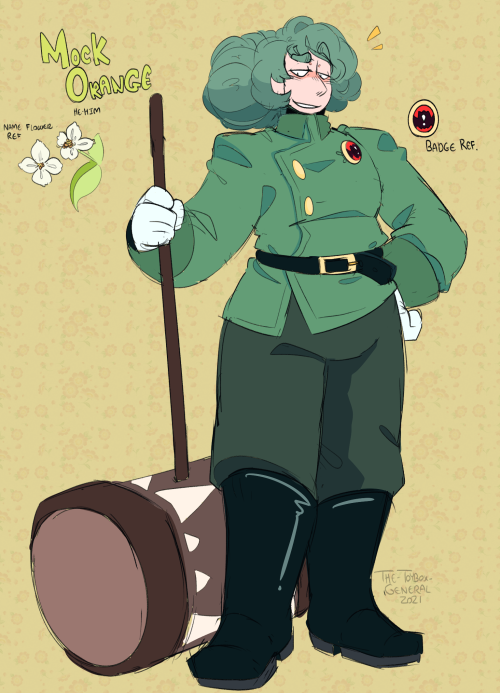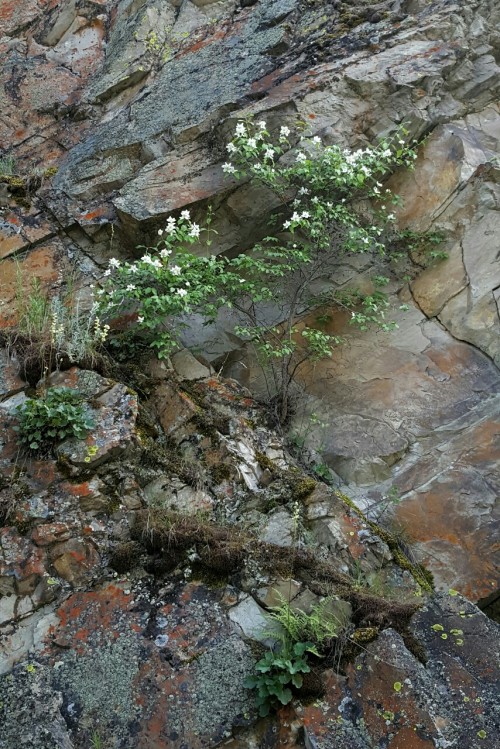#mock orange


Belle Etoile.
A little something I made, inspired by my new Mock Orange. I do a lot of gardening these days and I’ve noticed that my old Mock Orange (Belle Etoile) looked kinda sad and lonely. So I bought another one and am now waiting for them to bloom. I love the way they look and smell :) so I felt like doodling some sheith and flowers.
Philadelphus lewisii “Lewis’ Mock Orange” Hydrangeaceae
Missoula, MT
June 11, 2015
Robert Niese
This species of Philadelphus was discovered by Meriwether Lewis in 1806. It’s flowers and scent are reminiscent of orange blossoms, thus it’s common name, the mock-orange. Unlike oranges, these attractive shrubs produce dry, 4-parted capsule fruits that are wholly inedible. Their leaves, however, contain saponins and can be crushed to make a mild soap. They are a popular ornamental plant here in the eastern PNW and are the state flower of Idaho. Look for them scattered throughout drier slopes in the west, where they tend to grow singly or in small populations. Here in Missoula, they cover the hillsides with gorgeous white blooms at the beginning of summer, much like Amelanchierin the spring.
Post link
Philadelphus lewisii “Lewis’ Mock Orange” Hydrangeaceae
Missoula, MT
June 11, 2015
Robert Niese
This species of Philadelphus was discovered by Meriwether Lewis in 1806. It’s flowers and scent are reminiscent of orange blossoms, thus it’s common name, the mock-orange. Unlike oranges, these attractive shrubs produce dry, 4-parted capsule fruits that are wholly inedible. Their leaves, however, contain saponins and can be crushed to make a mild soap. They are a popular ornamental plant here in the eastern PNW and are the state flower of Idaho. Look for them scattered throughout drier slopes in the west, where they tend to grow singly or in small populations. Here in Missoula, they cover the hillsides with gorgeous white blooms at the beginning of summer, much like Amelanchierin the spring.
Post link




